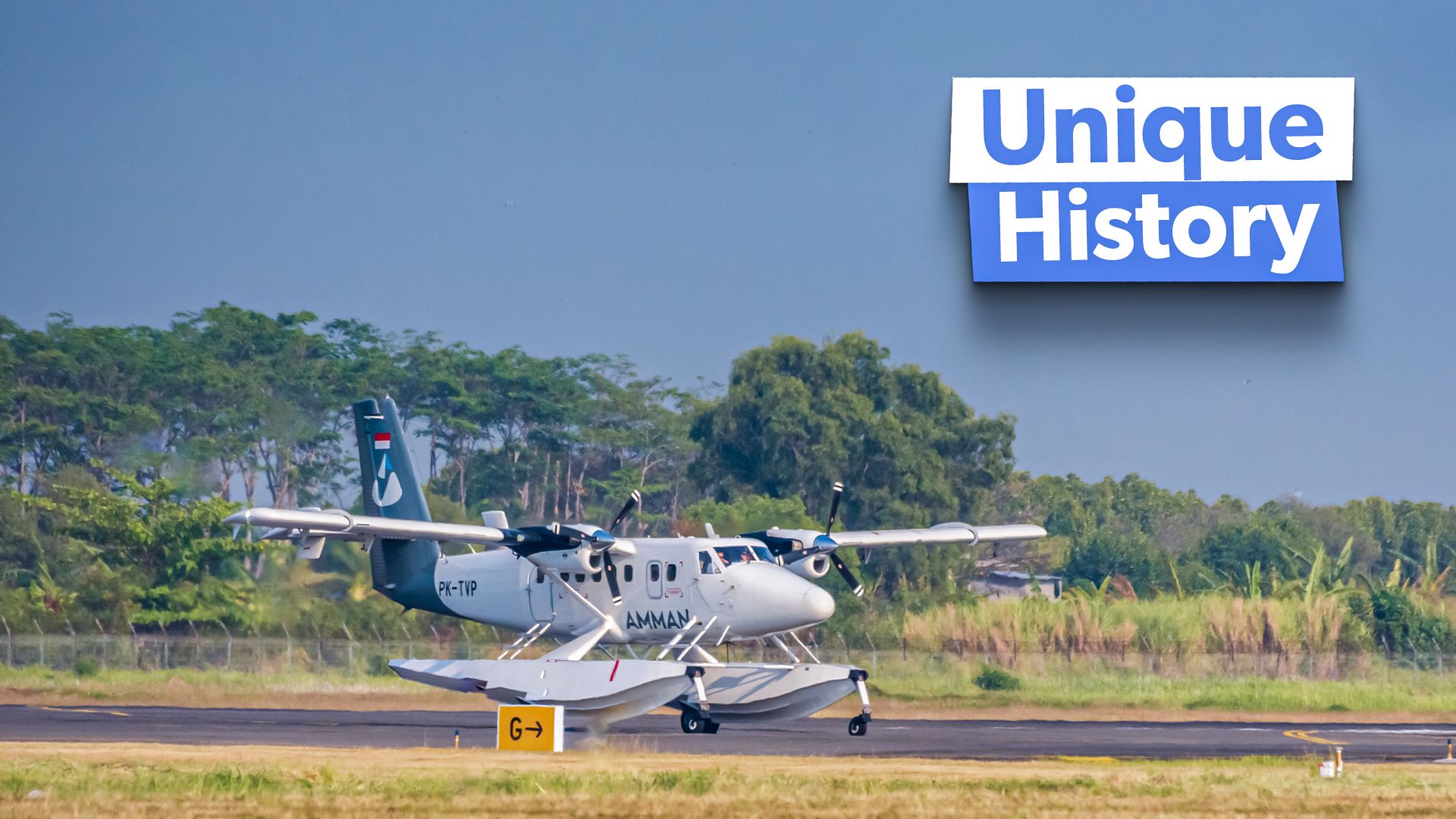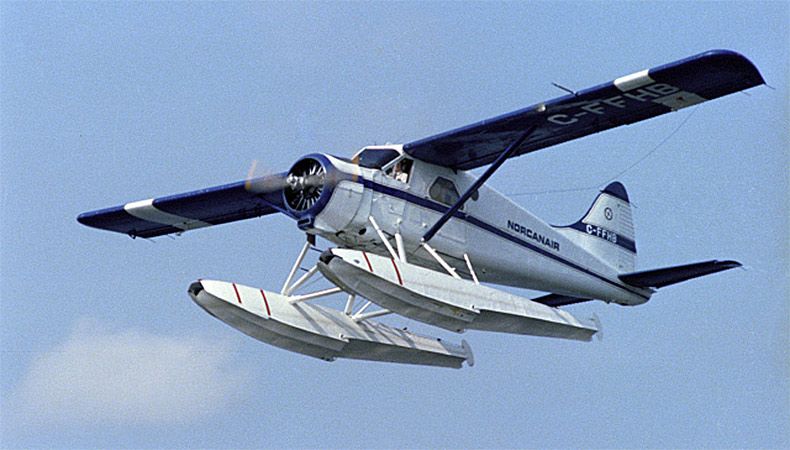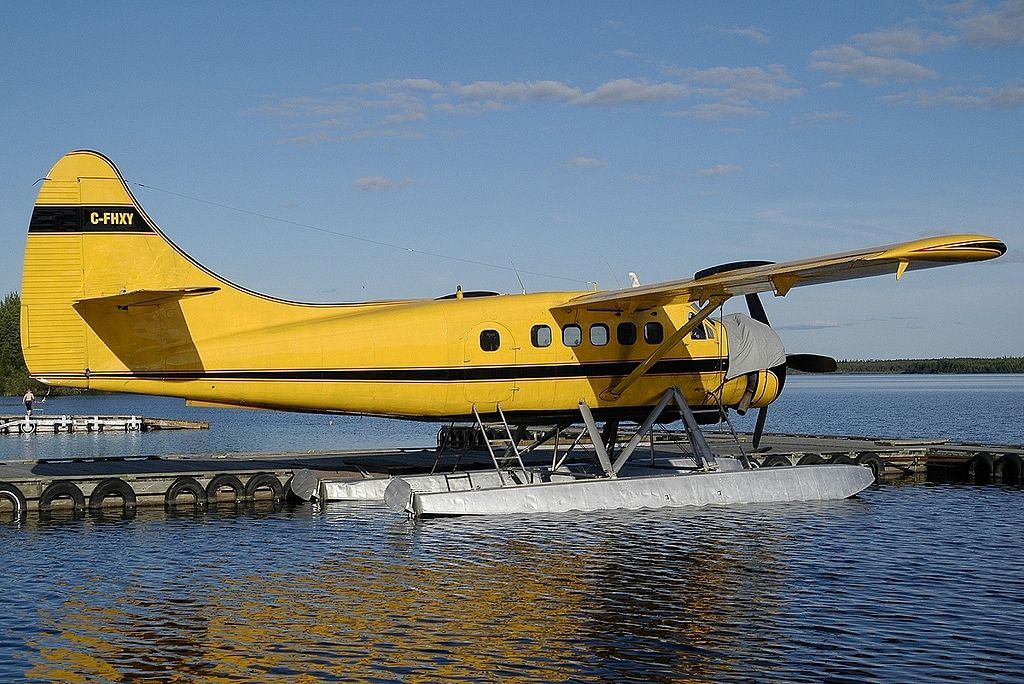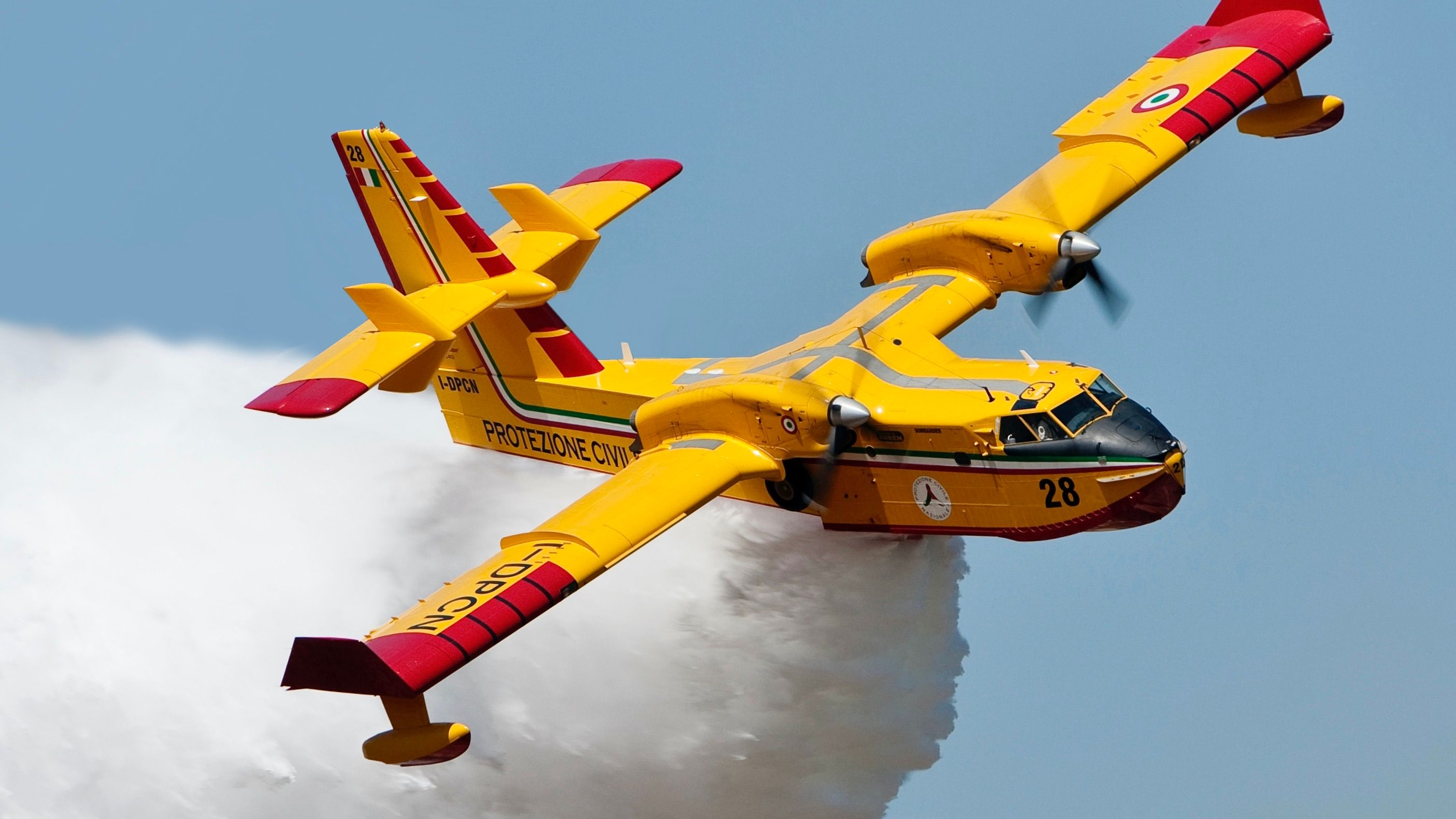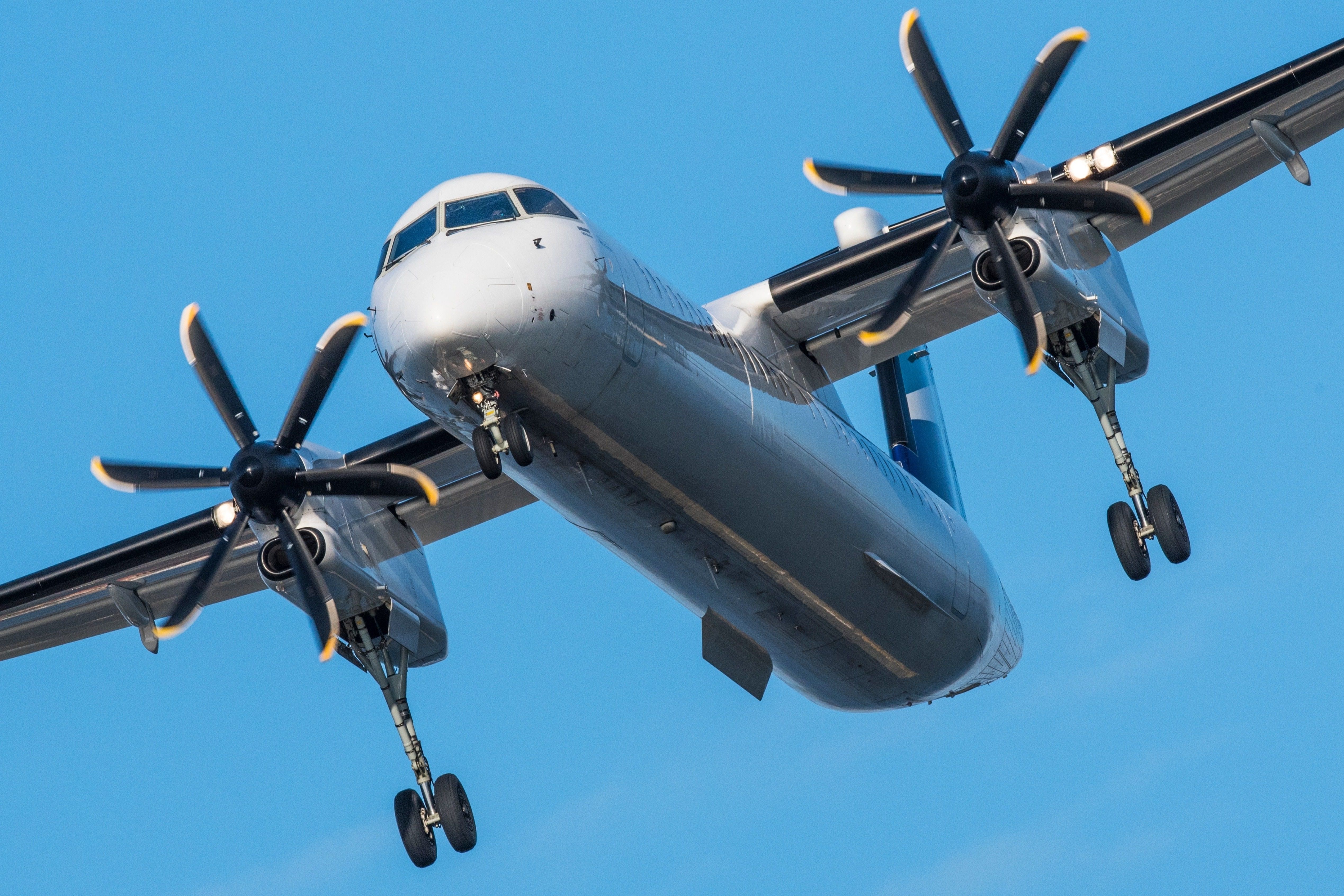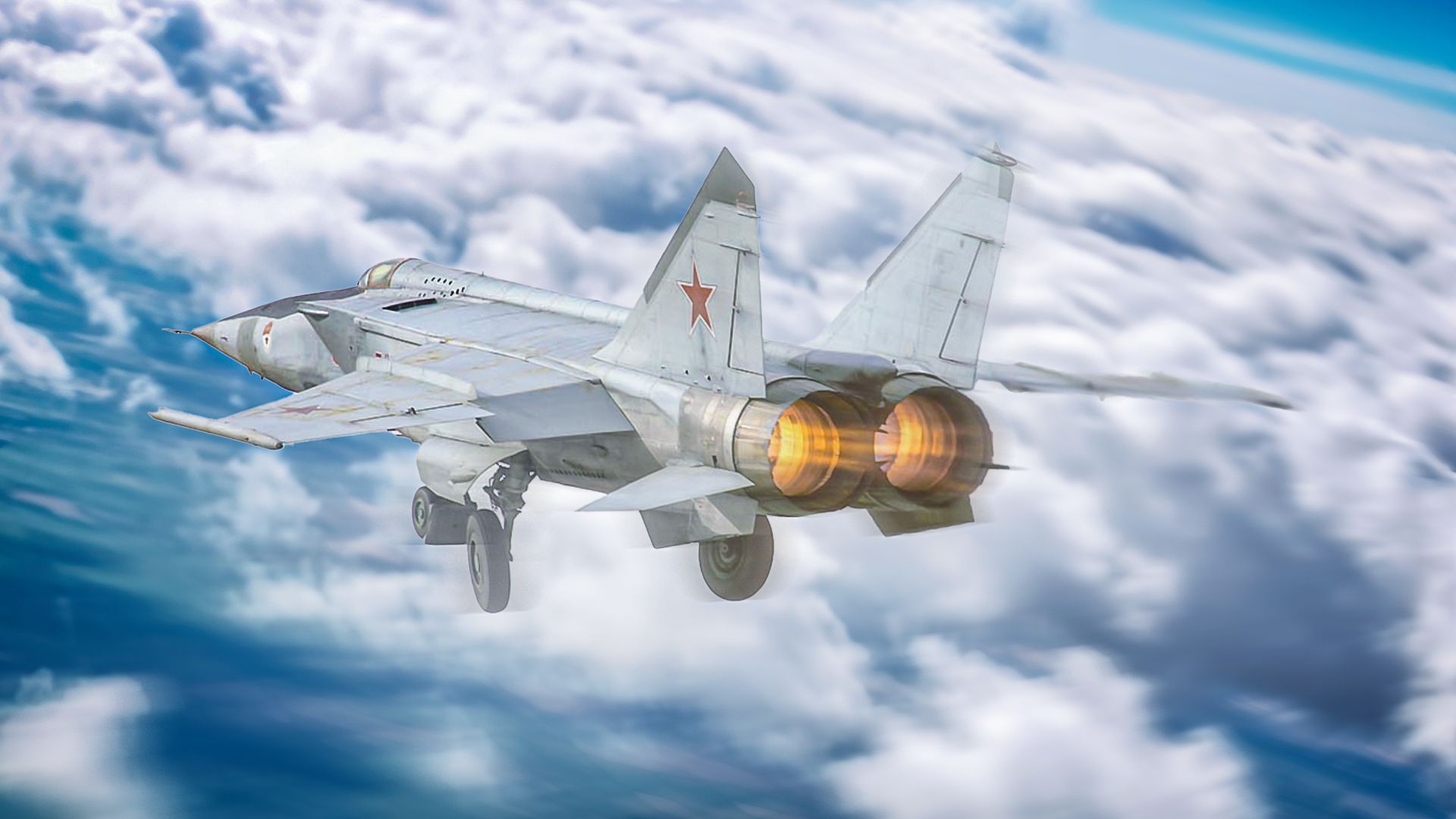Summary
- Viking Air Ltd. acquired DHC designs and aircraft type certificates, including the Twin Otter, Beaver, Buffalo, and Dash 7.
- Viking restarted production of the Twin Otter with new engines, flight deck, and configuration to boost performance and cargo capacity.
- Viking expanded its aircraft portfolio by acquiring the CL-415 Waterbomber program and later merged with Longview Aviation companies.
Viking Air Ltd. was an operator and manufacturer of aircraft, parts and systems based at Victoria International Airport in North Saanich, British Columbia, Canada. They provided upgrades to the DHC-2 Beaver and DC-6 Twin Otter and supplied parts for the old de Havilland Canada aircraft as well as making components for Bell Helicopter Textron. The company became a subsidiary of De Havilland Canada before being merged again in August 2024. Let’s find out more about this unique company.
Photo: Canada Aviation and Space Museum
Early days
Viking Air Ltd. was founded in 1970, by Nils Christensen, a Canadian born in Norway and an aviation pioneer. They performed maintenance and overhaul as well as aircraft conversion, but specialized in ‘flying boats’. In 1983, Christensen acquired the rights from de Havilland Canada, to manufacture spare parts but also distribute the DHC-2 Beaver and the DHC-3 Otter aircraft. He retired from the company in 1987. The company became a subsidiary of Longview Aviation Capital.
Adopting the DHC designs
In May 2005, Viking bought the parts and services business for the older de Havilland Canada aircraft from Bombardier Aerospace. The following year, in February, they also bought the type certificates for all the discontinued DHC designs. Therefore, if any of the aircraft were to be ever manufactured again, Viking had the right to do so. These designs included the:
- DHC- 1 Chipmunk
- DHC-2 Beaver
- DHC-3 Otter
- DHC-4 Caribou
- DHC-5 Buffalo
- DHC-6 Twin Otter
- DHC-7 Dash 7
Viking also acquired the type certificate for the Trident TR-1 Trigull in 2006, along with three prototypes. They showed interest in producing it as a turbine-powered amphibious aircraft.
Production restarts
It had been 19 years since the Twin Otter was discontinued, but in April 2007, Viking announced that it was going back into production. They had 27 orders in place already and some other options. The aircraft had new Pratt and Whitney Canada PT6A-34/35 engines and was named the 400 series. The first flight of the DHC-6 Twin Otter (400 series) demonstrator aircraft took place on October 1st, 2008. The first new model off of the assembly line, flew in February 2012.
The DHC-6-400 Twin Otter has the Honeywell Primus Apex IFR digital flight deck and a commuter interior configuration. The aircraft offers better performance, more power, more space and importantly, can carry up to 4,280 pounds freight.
Other types? Viking also upgraded the DHC-2 Beaver and added a Pratt and Whitney Canada PT6A-34 turboprop engine. In December 2008, Viking announced its plans to manufacture the DHC-5 Buffalo with Pratt and Whitney Canada PW150 turboprops, It also was to have a glass cockpit with enhanced vision and night vision goggles. It was intended to replace the Royal Canadian Air Force fleet of DHC-5As, but the project did not come to light.
In June 2016, Viking acquired Bombardier’s worldwide amphibious aircraft program that included the type certificates for the CL-215, CL-215T and CL-415 Waterbombers. In September 2017, Viking said that they were talking to potential customers about the CL-415 ‘SuperScooper’ Waterbomber. They said they would reproduce it if there was demand. In May 2018, they sold five CL-415 to Bridger Aerospace, a US firefighting company.
Photo: Russ Heinl I Shutterstock
Dash 8 acquisition
In November 2018, Longview Aviation (Viking’s parent company) acquired the Bombardier Dash 8 program and the de Hallivand brand from Bombardier. This allowed them to continue production of the Q400. The deal was said to have cost $300 million and brought all of the DHC type certificates under one umbrella again.
In January 2019, Longview announced that it would create a new company to produce the Dash 8 and was to be called the De Havilland Aircraft Company of Canada. It was based in Ontario and combined Dash 8 production with the CL-415 production.
Furthermore, in February 2022, Longview consolidated all activities with Viking Air Ltd., Longview Aviation, Pacific Sky Training and De Havilland Canada and was rebranded as De Havilland Aircraft of Canada.
The water bombers return
Later in March 2022, De Havilland Canada Ltd. (under Viking Air Ltd.) announced its DHC-515 Firefighter Program. The new water bomber was based on the previous CL-215 and CL-415 models and then upgraded. It was to be assembled in Calgary, Alberta, where the support for the aircraft was already in place. At the time, they had 22 orders from European customers and it is still produced today.
As of February 2023, Viking Air Ltd.(according to Transport Canada) operates the following aircraft:
|
DHC-1 Chipmunk |
1 |
|
DHC-2 Beaver |
6 |
|
DHC-6 Twin Otter |
2 (300 and 310 series) |
|
DHC-6 Twin Otter |
10 (series 400) |
|
Trident TR-1 Trigull |
2 |
|
Total: |
21 |
Final amalgamation
On August 1st, 2024, De Havilland Aircraft of Canada Limited, De Havilland Flight Operations Limited, Viking Air Limited, Longview Aviation Services Inc. and Longview Distribution Services Limited, completed an amalgamation with their common parent corporation, Longview Aviation Capital Corp. The newly amalgamated corporation was named De Havilland Aircraft of Canada Limited.

